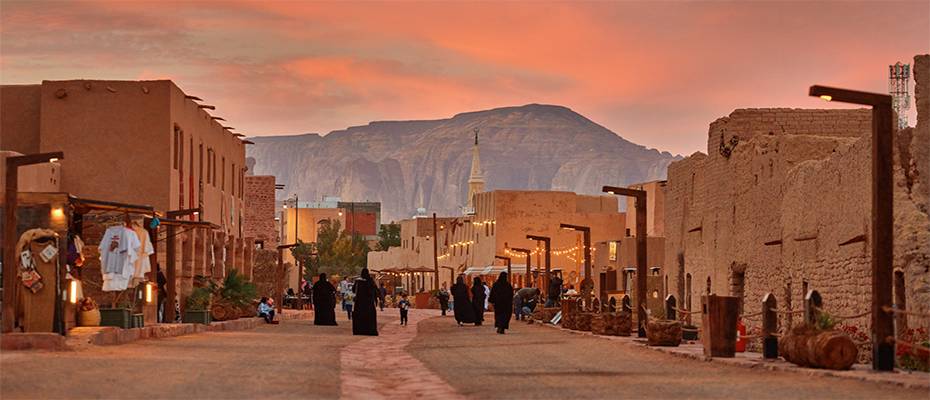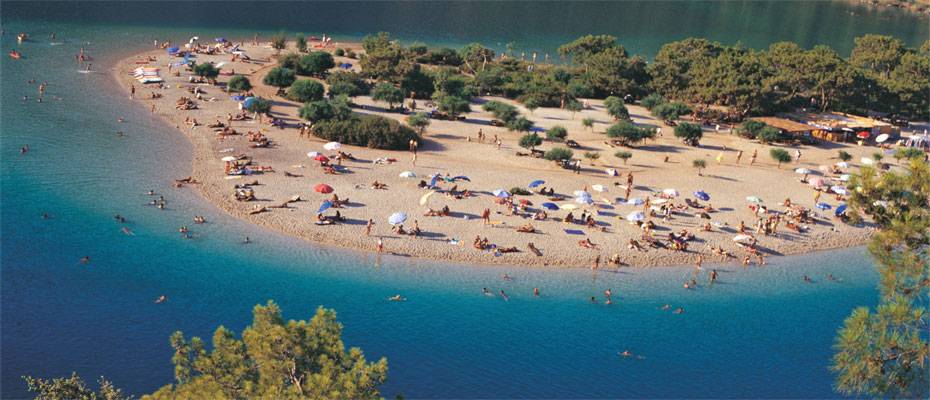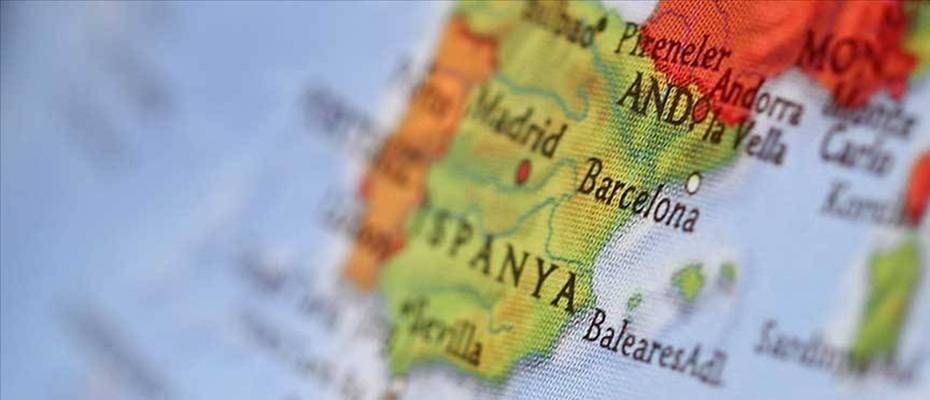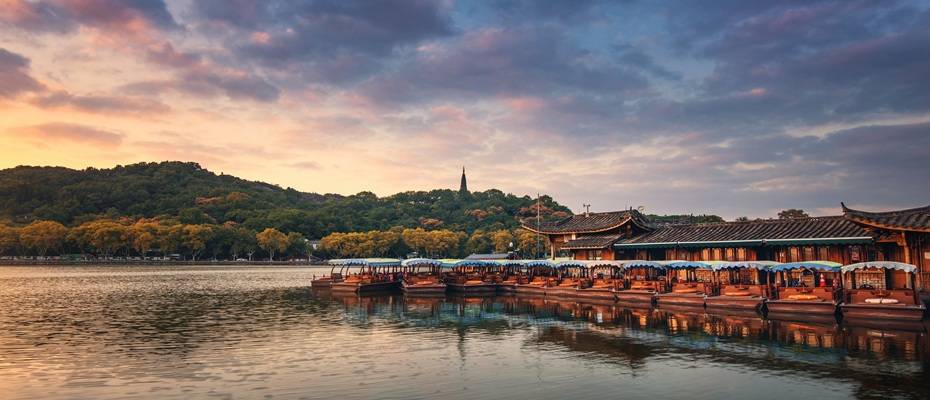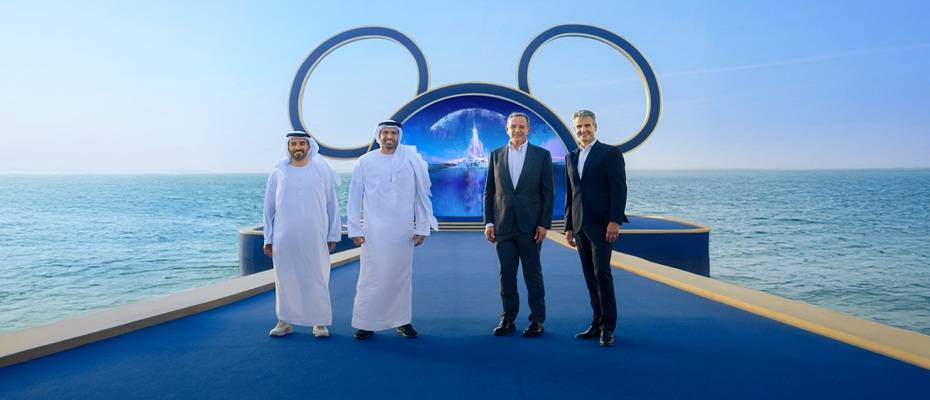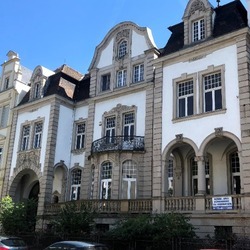Tourexpi
UNESCO World Heritage Convention describes the
ancient city of Gordion as "a multi-layered ancient settlement,
encompassing the remains of the ancient capital of Phrygia, an Iron Age
independent kingdom." UNESCO adds: "The archaeological excavations
and research in the site have revealed a wealth of remains that document
construction techniques, spatial arrangements, defensive structures, and
inhumation practices that shed light on Phrygian culture and economy."
Gordion: A Rare Site Experiencing Continuous Settlement
Located in the Polatlı district of Ankara, is a remarkable testament to
the rich tapestry of civilisations that have left their mark in the Anatolian
lands.
Settlement at the site of Gordion bears evidence from the Early Bronze
Age (around 2500 BCE), in the nearby mound of Yassıhöyük, which lies adjacent
to the site. The uninterrupted human habitation in and around the ancient city
for 4,500 years places Gordion among the rare areas in the world with the
longest history of continuous settlement. The site's attractiveness for various
civilisations can be attributed to several factors, including its strategic
position along significant trade routes throughout Anatolia, the ample water
supply derived from the Sangarios (present-day Sakarya) River, and extensive
fertile lands suitable for agriculture.
A Glimpse into the History of Gordion
Gordion is best known as Phrygia's political and cultural capital, which
rose with the collapse of the Hittite Empire in the 12th century BCE.
Therefore, it is a critical site to gain an insight into this civilisation. The
Phrygians settled in a broad region in Anatolian lands, covering the
present-day provinces of Ankara, Afyonkarahisar, Eskişehir and Kütahya. The
Phrygian Valley is a vast landscape unlike any other worldwide, with rock
fragments and ancient ruins bearing traces of the Phrygian civilisation.
Monumental structures of the Phrygian period have left the most
significant mark on the landscape at Gordion. The buildings of its Early
Phrygian citadel and the burial mounds of the city's rulers, even today, have
the effect that was initially intended: showing the incredible power and
authority of the Phrygian elite. The site was once under the reign of King
Midas, cursed with the "golden touch" in mythology, during this
period. The Great Tumulus, or the tomb of King Midas, in Gordion is the third
largest burial mound, and the tomb chamber within it is the oldest standing
wooden building in the world.
Image Credit: © AA
The most interesting news
Booking.com: Growing Awareness of Tourism’s Impact on Communities
Booking.com has released the 10th edition of its annual Sustainable Travel Research, highlighting the increasing awareness among travellers regarding the social and ecological impacts of tourism.
TUI Airways Launches Direct Flights from Newcastle to Agadir
TUI Airways has launched its inaugural direct flight from Newcastle International Airport to Agadir, Morocco, offering travellers in the North East a convenient new route to Morocco’s stunning Atlantic coast.
Condor Launches New Flights to Milan, Paris, and Prague
As of May 1, 2025, Condor has expanded its network of European destinations with the launch of new daily flights to Milan (MXP), Paris (CDG), and Prague (PRG).
European Travel on the Rise for US Travelers this Summer
Allianz Partners USA reports that summer travel to Europe by U.S. travelers is expected to increase by 10% in 2025, marking the fourth consecutive year of growth.
AlUla Expands Global Presence with Five New DMC Partnerships
AlUla has signed agreements with five new Destination Management Companies (DMCs), strengthening its global reach and enhancing curated travel experiences.
Ryanair Urges New German Transport Minister to Abolish Air Traffic Tax
Ryanair, Europe’s largest airline, has welcomed Patrick Schnieder as Germany’s new Federal Transport Minister and called on the government to prioritize the abolition of the air traffic tax.
Thailand Launches ‘Amazing Thailand Grand Tourism & Sports Year 2025’ Campaign
The Thai government has approved a comprehensive cooperation framework for the "Amazing Thailand Grand Tourism & Sports Year 2025" campaign, aiming to position Thailand as a premier global tourism and sports destination.
Allianz Partners Launches Cruise Travel Insurance for Norwegian Cruise Line
Allianz Partners Australia has introduced a new cruise-specific travel insurance product in collaboration with Norwegian Cruise Line (NCL).
Fly Delta App Gets a Major Upgrade for Summer Travel
Delta Air Lines has launched version 7.0 of its Fly Delta app, offering travelers enhanced features just in time for the busy summer season. The updated app provides real-time flight updates, personalized notifications, and improved self-service opti
Radisson Hotel Group Publishes 2024 Sustainability Report
Radisson Hotel Group has released its 2024 Sustainability Report, showcasing the company’s commitment to responsible business practices through transparent and accountable reporting.
Lufthansa shareholders approve all agenda items at the Annual General Meeting
Around 1,500 shareholders attended the Annual General Meeting online.
Türkiye Celebrated as Global Tourism Hub Bridging Asia and Europe
Türkiye has been praised as a leading global tourism destination, uniquely positioned at the crossroads of Asia and Europe.
International Tourism in Spain Sets New Record in Q1 2025: €23.5 Billion Spent
International tourists spent a record €23.5 billion in Spain during the first quarter of 2025, marking a 7.2% increase compared to the same period last year, according to data released by the Spanish National Statistics Institute (INE).
Condor and Emirates officially activate reciprocal codeshare agreement
Condor and Emirates have officially activated their reciprocal codeshare partnership ahead of the 2025 summer travel season.
Emirates expands footprint into Eastern China with launch of daily Dubai-Hangzhou flights
Emirates, the world’s largest international airline, is set to launch a daily non-stop service between Dubai and Hangzhou from 30 July*.
Hilton Announces NoMad’s Debut in Asia Pacific with First Hotel in Singapore
Hilton (NYSE: HLT) has announced its first NoMad hotel in Asia Pacific, set to open in Singapore in early 2027. In collaboration with UOL Group, a leading property and hospitality company in Singapore, this marks NoMad’s entry into the region's fas
Delta Tops J.D. Power’s Premium Economy Segment for Third Consecutive Year
For the third year running, Delta has claimed the top spot in the Premium Economy Passenger Satisfaction category of the J.D. Power 2025 North America Airline Satisfaction Study. The recognition highlights Delta’s commitment to exceptional service,
Turkey Welcomes 8,9 Million Tourists in Q1
2025 Culture Route Festival Promises World-Class Highlights.
Disney and Miral Announce Plans for New Disney Theme Park and Resort on Yas Island, Abu Dhabi
The Walt Disney Company and Miral, the leading creator of immersive destinations and experiences in Abu Dhabi, have announced a groundbreaking partnership to develop a landmark Disney theme park resort on Yas Island. T
ASTA Calls on US Department of Transportation to Reform Airline Refund and Disclosure Rules
The American Society of Travel Advisors (ASTA), representing over 190,000 travel professionals across the United States, has formally submitted comments to the U.S. Department of Transportation (DOT) regarding regulatory reform.
Marriott International Announces the Return of the Luxury Dining Series in 2025
Marriott International's acclaimed Luxury Dining Series is making a much-anticipated comeback in 2025, expanding from six to seven luxury properties across the Asia Pacific. Set to take place from July to September, the series will showcase a gastron








